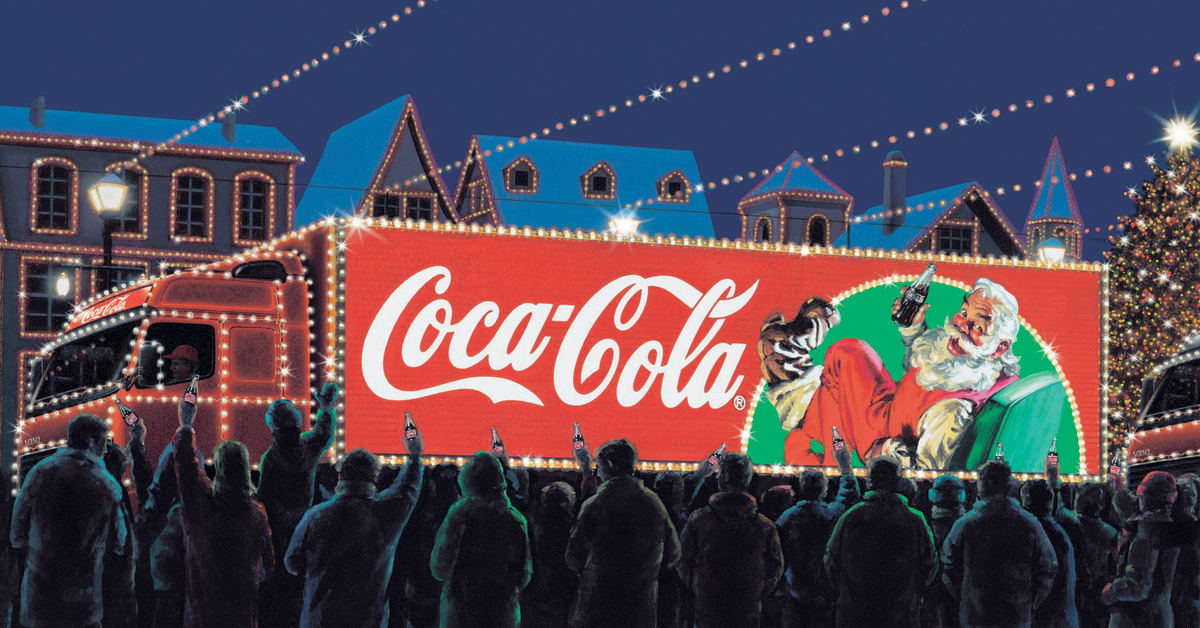I keep thinking that its imminent. Could this be the year we move on from broadcast’s domination of the advertising psyche?
Every January it starts up again about a week before Super Bowl. Every February the buzz dies quicker. It’s the annual celebration of a tactic that started in 1950, the broadcast TV spot.
The concept of commercials evolved from a tradition of sponsored hour-long radio shows in the late ‘40s, which didn’t easily translate into broadcast TV. In the early ‘50s, with the advent of TV, innovation was needed. A network executive, actually Sigourney Weaver’s dad – Pat Weaver, created the idea of selling portions of a sponsorship which eventually became spots.
It took a couple of years – but ultimately commercials in :30 and :60 formats became a marketing art form and a massive source of revenue for everyone associated.
Along the way, the context of leveraging military terminology to prescribe marketing tactics became the vocabulary of our industry. Strategy, execution, planning, the old-fashioned media blitz – dropping points onto a market. It’s the way anyone over 30 was taught to think about consumer marketing. Weapons of mass persuasion.
Even with dynamic two-way connectivity in our pockets, this 1950’s innovation is now a bad habit almost 70 years later. Media salespeople are still pushing spots on advertisers and their agencies. Spray and pray. And consumers are curating their way right out of watching those spots. I don’t care who you are, you fast forward through commercials every chance you get. Our research found that only 33% of TV is watched live. That’s 67% ineffective for those who do math. As long as traditional is funded, there will be agencies vying for the business.
It’s a safe assumption the parade of $5MM TV spots will lose a little sizzle in 2018. Sure, we’ll have a dozen straggler brands making their pitch. Just to justify the PR hype of the expense. They’ll be happy to be in the conversation – and hope that awareness will eventually lead to conversion. Even though they know better – they’ll justify it with digital extensions.
The bigger issue is that agencies and marketers will still worship “hero” TV spots all year long. Even though most consumers no longer convert to purchasers this way, spots will remain the official language of brand messaging for many marketers. The latest variation – six second spots. Shorter to match the attention span. But still a one-way communication tactic.
The Bottom Line: Until You Get To Two-Way Connectivity, You Can Never Reach Your Full Potential
We recently compiled five years of research on “How and why consumers adopt brands,” and published a book, The Participation Game. Our thesis: They don’t consume advertising, they choose to participate in brands. In it, we document how the top 100 brands use two-way connectivity instead of spray and pray to get attention and maintain loyalty.
Consumers’ favorite brands are letting them speak for themselves. Our research shows that consumers are 2.5x more likely to adopt a brand based on word of mouth from friends and family, search or any online review – than TV, You Tube and Facebook ads combined.
You need dialogue and sharing to win consumer loyalty. You can start by looking at what consumers are already doing and joining the conversation.
We’ve broken down numerous connectivity platforms throughout the book. For instance, integrating with gaming. Not because it’s about your brand. But consumers will happily spend more than five minutes on any single game. Compare that to being fast forwarded or multi-tasked during your mass media buy.
Gaming is a simple and natural way to not only get attention but to create shareable platforms. Verizon integrated their connection platform into Minecraft. Chipotle entertains consumers with simple HTML gaming like Guac Hunter and Cado Crusher. The bonus: gamers share and challenge their friends.
You can get into the game by erasing the military lingo off the board and starting with the following exercise:
1. Challenge: be an active part of your audience’s lifestyle.
2. Participation Game Idea: Create ways to engage your consumers and have fun with them on their level.
3. Thought starters: How can your brand connect to passions, hobbies and even time wasters?
- How are they spending their free time?
- Can your brand enhance it?
- How can your brand show you care about it?
- How can you play with consumers?
- Can you challenge them and incite their competitive spirit?
Empty white boards are a good start. We’ll help fill them up with more concepts, examples and exercises throughout our book and at The Un-Conference. Let’s make this the year we move on.
Contributed to Branding Strategy Insider by: Norty Cohen, CEO and Founder of Moosylvania and author of The Participation Game, which examines how and why consumers adopt brands.
The Blake Project Can Help: Accelerate Brand Growth Through Powerful Emotional Connections
Branding Strategy Insider is a service of The Blake Project: A strategic brand consultancy specializing in Brand Research, Brand Strategy, Brand Licensing and Brand Education




